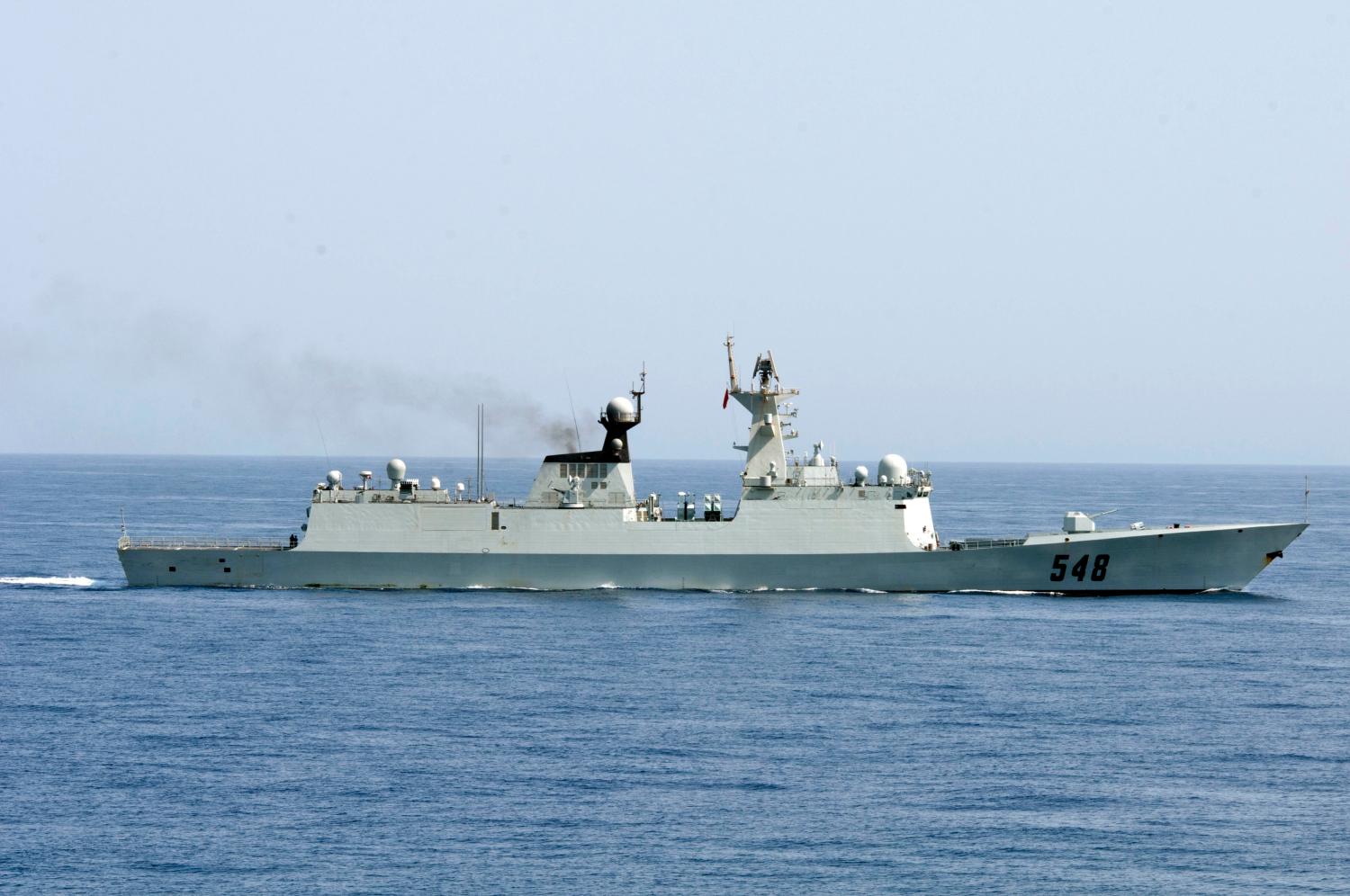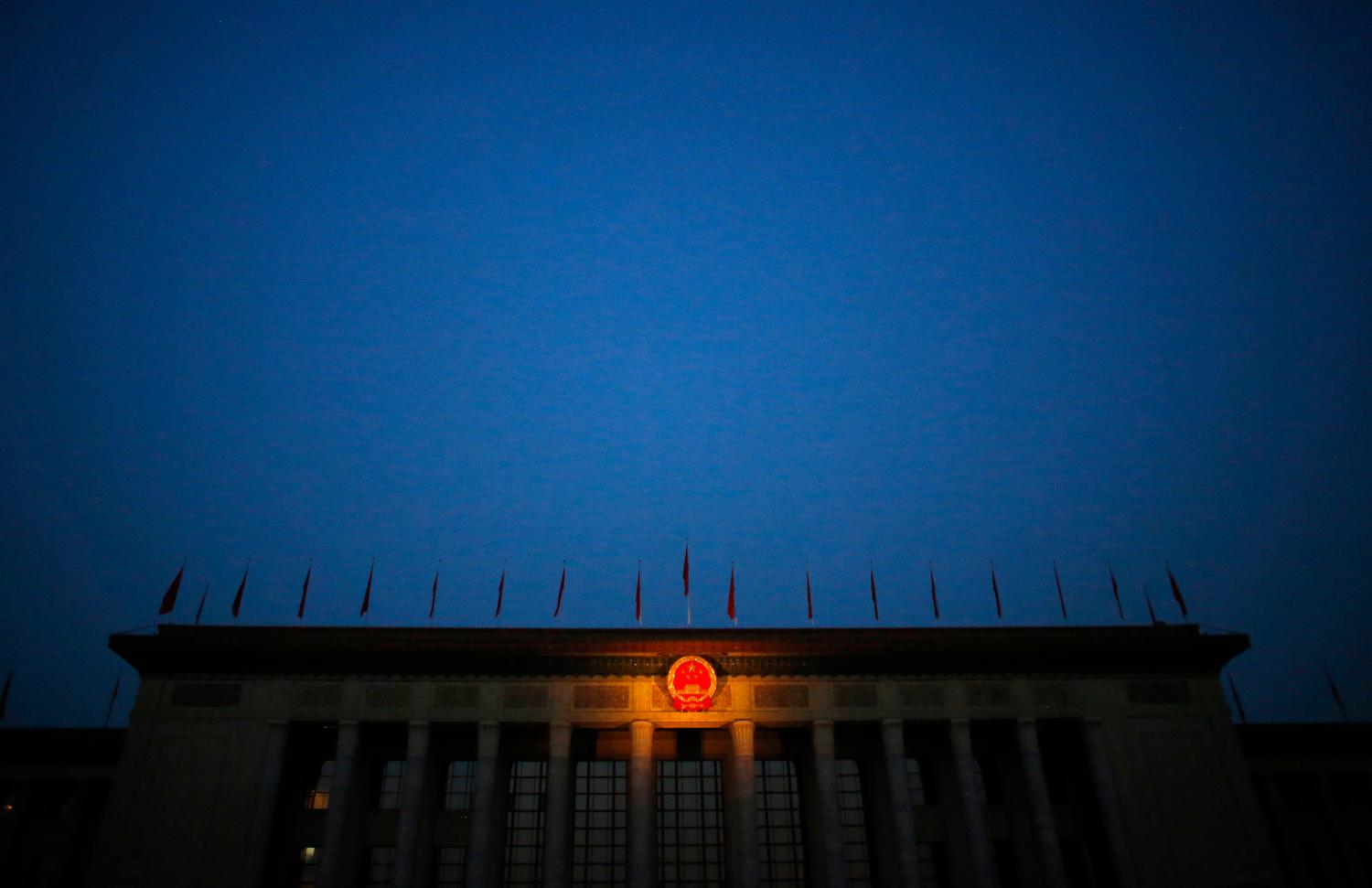Executive Summary
 China has significantly expanded its engagements in the Indian Ocean region over the past three decades, raising fears among American and Indian strategists that its growing naval presence, together with its use of so-called “debt-trap diplomacy,” might provide it with meaningful military advantages far from its shores.
China has significantly expanded its engagements in the Indian Ocean region over the past three decades, raising fears among American and Indian strategists that its growing naval presence, together with its use of so-called “debt-trap diplomacy,” might provide it with meaningful military advantages far from its shores.
Although China’s ultimate aims in the Indian Ocean remain somewhat ambiguous, it is clear that the Chinese leadership is actively pursuing capabilities that would allow it to undertake a range of military missions in the region. This paper explores five such mission objectives — ranging from relatively “benign” activities to those that would be more alarming to U.S. and Indian policy planners — and describes the kinds of defense and economic investments that China would require to carry them out. These objectives are: 1) conduct non-combat activities focused on protecting Chinese citizens and investments, and bolstering China’s soft power influence; 2) undertake counterterrorism activities, unilaterally or with partners, against organizations that threaten China; 3) collect intelligence in support of operational requirements, and against key adversaries; 4) support efforts aimed at coercive diplomacy toward small countries in the region; and 5) enable effective operations in a conflict environment, namely the ability to deter, mitigate, or terminate a state-sponsored interdiction of trade bound for China, and to meaningfully hold at risk U.S. or Indian assets in the event of a wider conflict.
This paper argues, first, that while the United States, India, and their partners are right to be concerned that China is developing a range of dual-use capabilities that could prove valuable for higher-end missions in a conflict environment, policymakers should take care not to assume that, in the Indian Ocean context, China can easily leverage “debt-trap diplomacy” investments in ports and other infrastructure for meaningful military advantage. The kinds of capabilities that the Chinese military would want to leverage in a conflict would go beyond what might be available from a commercial venture or intermittent ship visits. Indeed, access arrangements that are grounded in economic coercion are unlikely to be politically stable or strategically reliable.
Second, this paper argues that notwithstanding some skepticism about the military utility of China’s commercial activities in the region to date, there are indeed investments that could foreshadow China’s intention and capability to be able to operate high-end military missions of the kind that would be perceived as threatening to U.S. and Indian interests. Policymakers should watch carefully for leading indicators that could presage Chinese efforts to undertake such missions. These include certain kinds of naval deployments that clearly overmatch the requirements of counterpiracy or humanitarian activities; new platforms for maritime-based intelligence collection against state adversaries; and efforts to bolster the resilience of logistics networks that would be critical to sustaining operations in a conflict environment.
The Brookings Institution is committed to quality, independence, and impact.
We are supported by a diverse array of funders. In line with our values and policies, each Brookings publication represents the sole views of its author(s).





